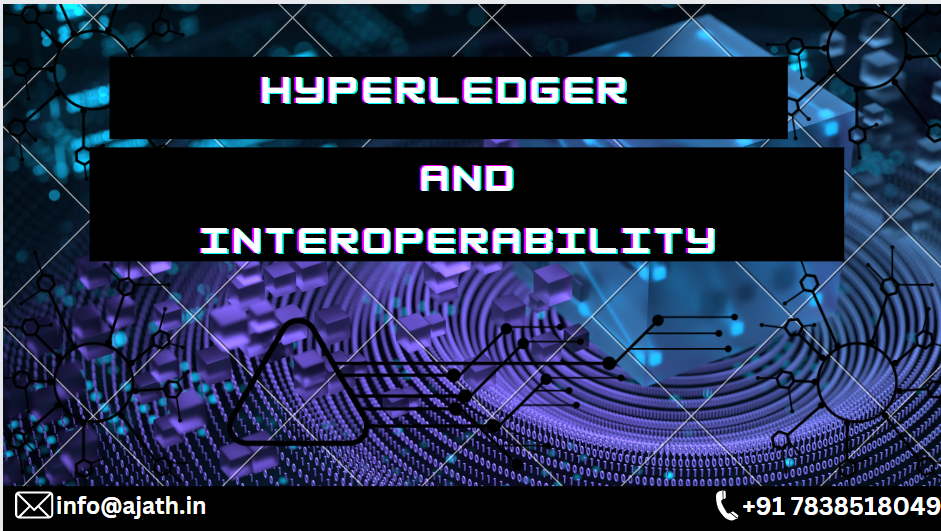Case Studies: Successful Mobile Apps Developed by Leading Development Companies
Successful Mobile Apps Developed by Leading Development Companies Introduction: In the ever-evolving landscape of mobile technology, development companies play a crucial role in bringing innovative and user-centric mobile applications to the market. Success stories of mobile apps not only highlight the capabilities of these companies but also serve as inspiration for aspiring developers and entrepreneurs. In this article, we'll delve into case studies of successful mobile apps developed by leading development companies, showcasing their prowess in creating impactful solutions. Uber: Revolutionizing Transportation...











